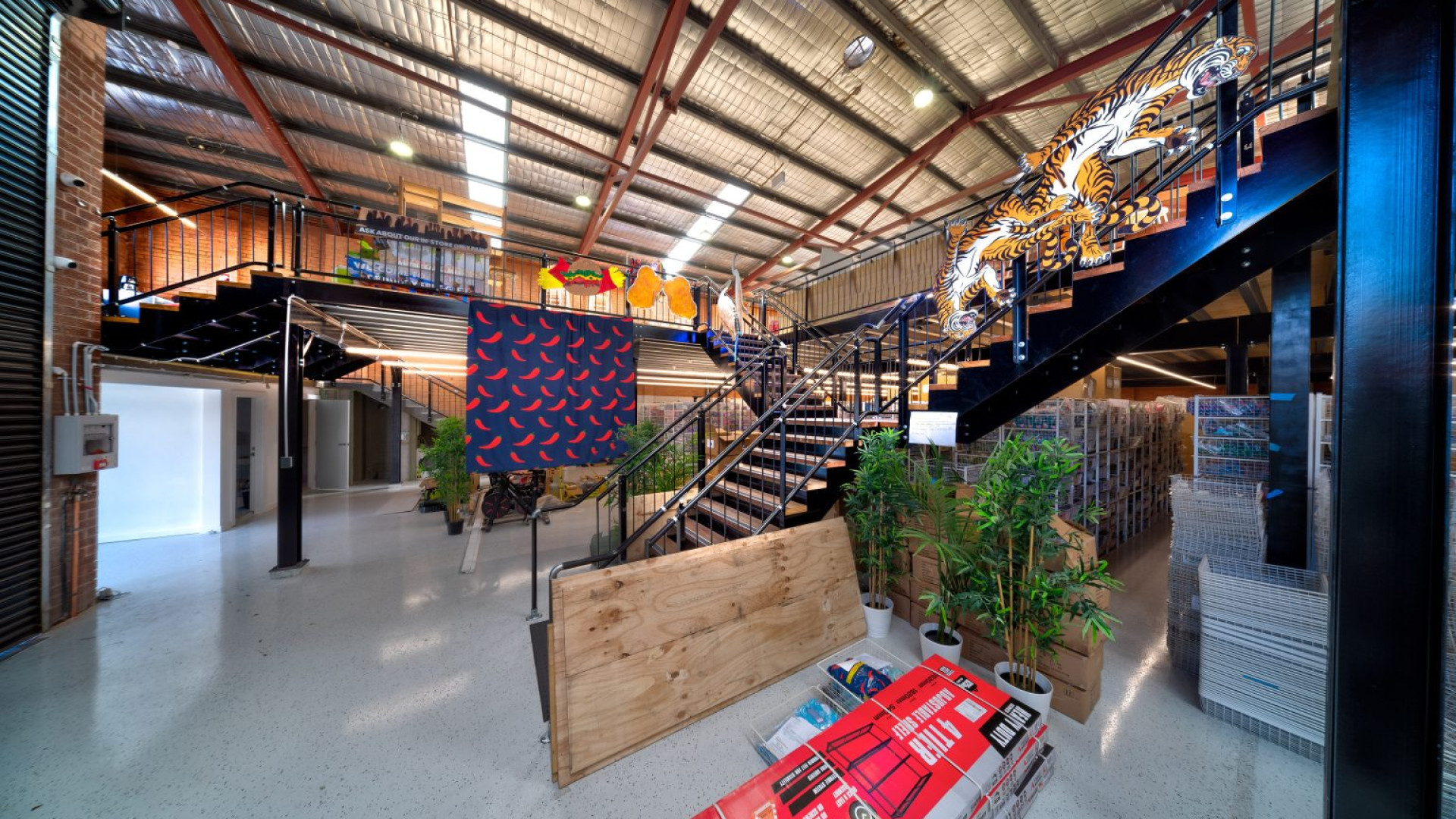When it comes to managing multi-storey warehouses, one thing that really tops the list of priorities is making sure you have solid fire safety measures in place. In Australia, where the standards for building safety are amongst the most rigorous in the world, understanding and adhering to these regulations is not just a matter of compliance, but the bedrock of responsible warehouse management. In this article, we take a closer look at the national and state-specific guidelines that govern fire safety in multi-storey warehouses. The aim? Helping you to unpack these regulations in a way that is both informative and accessible, and providing you with the knowledge you need to navigate the complexities of fire safety in the warehousing sector.
The Importance of Fire Safety Guidelines
Fire safety is a critical aspect of managing multi-storey warehouses. Understanding these guidelines is crucial not only for legal compliance but also for safeguarding the heart of your operations – your people, products, and property. In Australia, stringent regulations and standards ensure that these facilities are well-equipped to prevent, manage, and mitigate fire-related risks. Let’s take a look at the basics:
National Construction Code (NCC)
The National Construction Code sets the benchmark for building design and construction in Australia, including multi-storey warehouses. It mandates the use of fire-resistant materials, the installation of fire detection and suppression systems, and the incorporation of designs that facilitate safe evacuation and access for firefighting operations.
State and Territory Regulations
Beyond the NCC, each Australian state and territory may enforce additional, localised fire safety regulations. These are tailored to address specific risks and conditions unique to different regions. As a result, these regulations can vary on where you are planning to develop your mezzanine warehouse.
Australian Standards (AS)
Several Australian Standards specifically address fire safety in buildings, including AS 1851 and AS 1670. AS 1851 focuses on the maintenance of fire protection systems in buildings. It outlines requirements for regular inspection, testing, and servicing of fire safety equipment, such as sprinklers, extinguishers, and fire detection systems, to ensure their operational readiness in emergencies.
AS 1670 sets the standards for the design, installation, commissioning, and maintenance of fire detection and control systems in buildings. It specifies guidelines for fire alarm systems, smoke detectors, and emergency control organisations, ensuring timely detection and response to fires.
Occupational Health and Safety (OHS) Regulations
OHS regulations contribute to fire safety by ensuring a safe working environment. This includes training employees in fire safety procedures and equipping them with necessary fire safety gear.
General Fire Safety for Multi-storey Warehouses
In any multi-storey warehouse, fire safety basics are your first line of defence. Smoke detectors, sprinklers, extinguishers, fire blankets, and hose reels are all must-haves. But depending on your warehouse’s size, you might need to add in fire compartments, alarms, emergency lighting, and rock-solid evacuation plans to keep everyone safe. Listed below are essential measures to boost fire safety in your multi-storey warehouse:
Fire Safety Audits and Inspections
Local fire authorities provide crucial guidelines and support for fire safety planning. Their involvement in the early stages of warehouse planning is vital for ensuring both compliance and safety. Regular audits and inspections are essential to ensure ongoing compliance with fire safety standards. These evaluations focus on various elements like fire exits, emergency lighting, and sprinkler systems.
Fire Engineering Solutions
For large or complex multi-storey warehouses, bespoke fire engineering solutions may be employed. These solutions use engineering methods to design custom fire safety systems that meet the required performance criteria.
Emergency and Evacuation Plans
Having a solid emergency and evacuation plan is like having a good insurance policy – you hope you never need it, but it’s invaluable when you do. It’s essential to not just have these plans in place but to also keep them up to date and make sure everyone’s familiar with them through regular drills.
Maintenance and Documentation
Keeping up with the maintenance of fire safety equipment is more than just a rule to follow; it’s about ensuring that everything works perfectly in case of an emergency. Plus, keeping detailed records of this maintenance is proof that you’re on top of things, always ready and responsible.
Storage of Products
Maintaining a tidy warehouse is a crucial safety strategy. A well-organised space prevents fire hazards caused by clutter. Plus, how you stack your products really matters – storing them too high can mess with your sprinkler system’s effectiveness, so it’s key to follow height regulations to the letter.
Chemical Safety
If you’re storing chemicals, think of it as a high-stakes balancing act. You need the right ventilation, temperature control, and careful planning so different chemicals don’t get too cosy with each other. Always stick to the Product Safety Sheets – they’re your guidebook for keeping things safe and sound.
Consult Unistor for Expert Fire Safety Guidance
While additional levels offer valuable additional space to play with, it’s important to be aware of the potential fire safety risks in your multi-storey warehouse. In Australia, compliance with fire safety regulations is a fundamental aspect of any construction project, and multi-storey warehouses are no exception. Bearing in mind that no two operations are the same, there can’t be a ‘one-size-fits-all’ approach to fire regulations and safety.
Before getting started, it’s always best to consult a qualified fire engineer for a comprehensive evaluation is crucial for each project, whether it’s a new multi-storey warehouse build or the addition of a commercial mezzanine floor. By taking into consideration the protective measures detailed above, you can protect the safety of both your assets, property and your staff.
As Australia’s leading manufacturer and supplier of mezzanine flooring solutions, Unistor is dedicated to providing solutions that prioritise safety. If you have any questions or need further assistance with setting up fire protection systems for your multi-storey warehouse, don’t hesitate to reach out to our expert team.
Choose Unistor as the right industrial mezzanine solution and increase your storage capacity by double.


